6th & Maple Bus Terminal: the second floor
Previously, I made a blog post about this abandoned bus terminal in downtown LA, which was a hub for RTD buses and Greyhound coaches. That post is mainly about its history, and how it represents something of a golden age of buses as the premier transit mode in southern California. Since posting that, I've gone back to the building and explored a little more, particularly on the second floor and the rooftop parkintg lot.
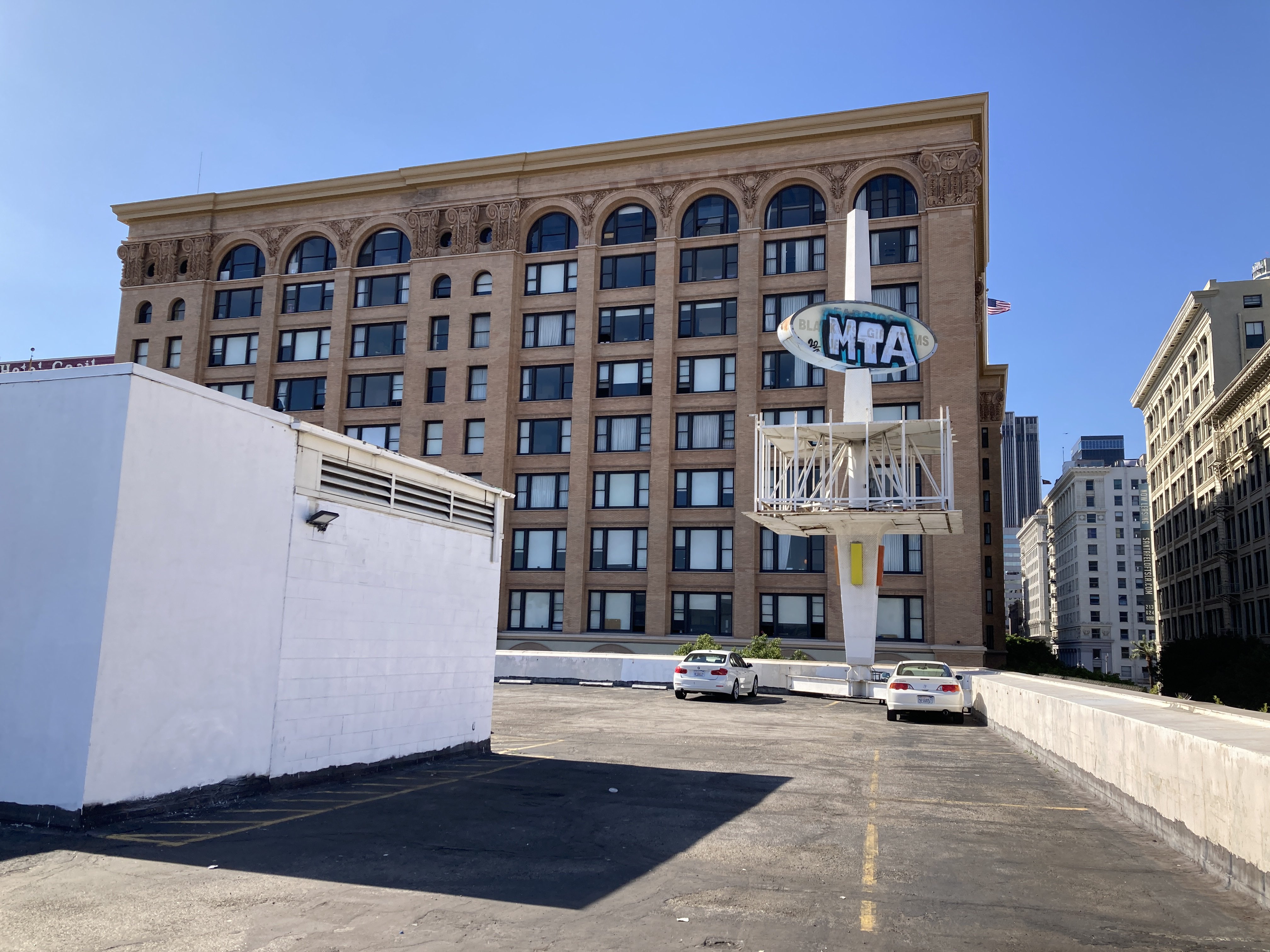

Back in the day, the terminal had a very neat vertical layout: ticket hall and shops on the ground floor, RTD transit buses in the basement, Greyhound buses on the second floor, and parking on the roof. Ever since Greyhound sold it off in 1982, the ground floor has been subdivided into a host of wholesale retail shops, social services, and a couple small coach bus ticket offices. The basement, as far as I can tell, is one giant storage room, and the second floor is subdivided into dozens of small storage rooms and loading docks. The rooftop is still entirely parking. Sometimes, the entrance on sixth street is open, allowing pedestrian access to the rooftop. The vehicle entrance on Seventh street is often open, allowing me to walk in and around the second floor.


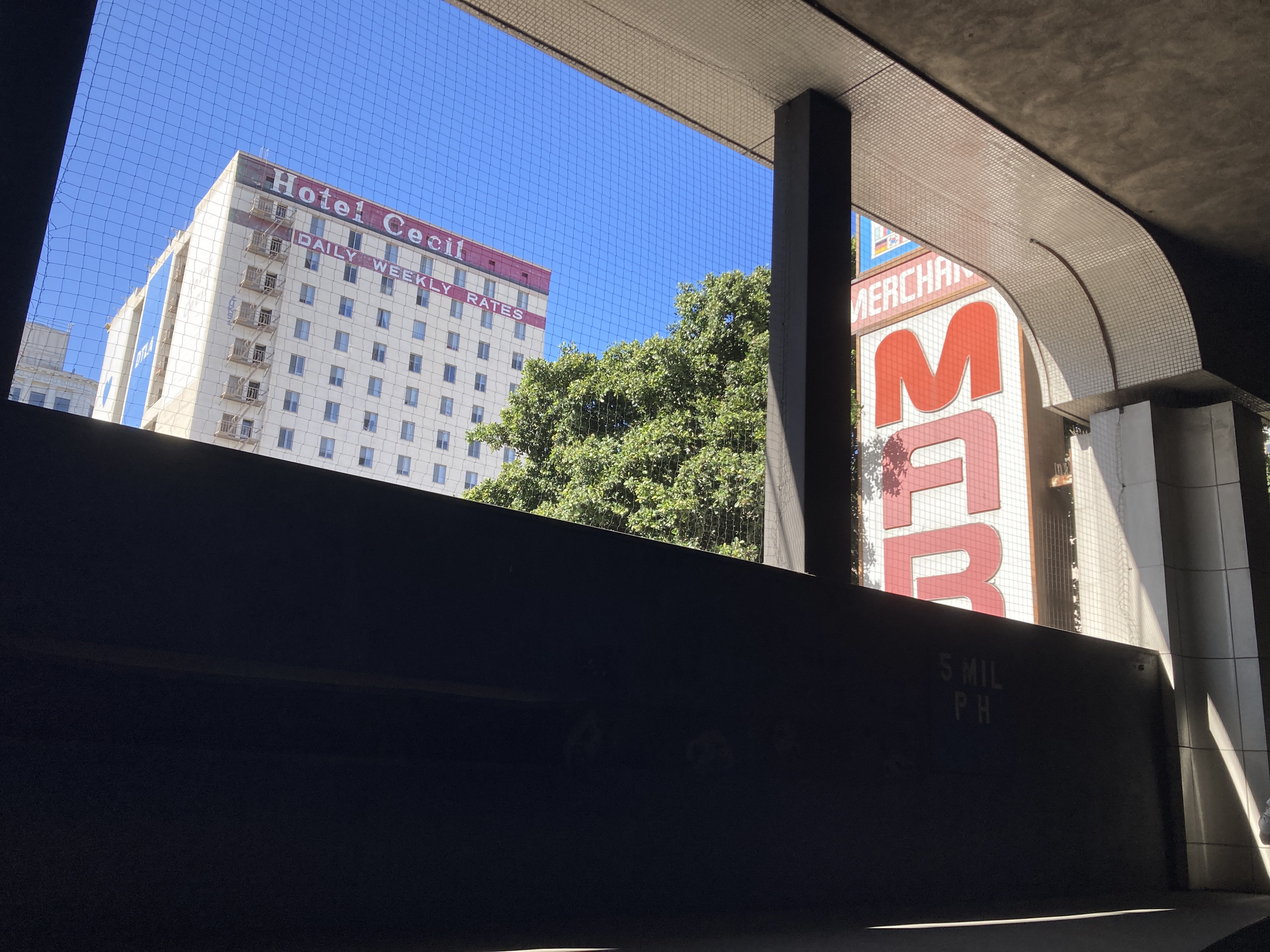
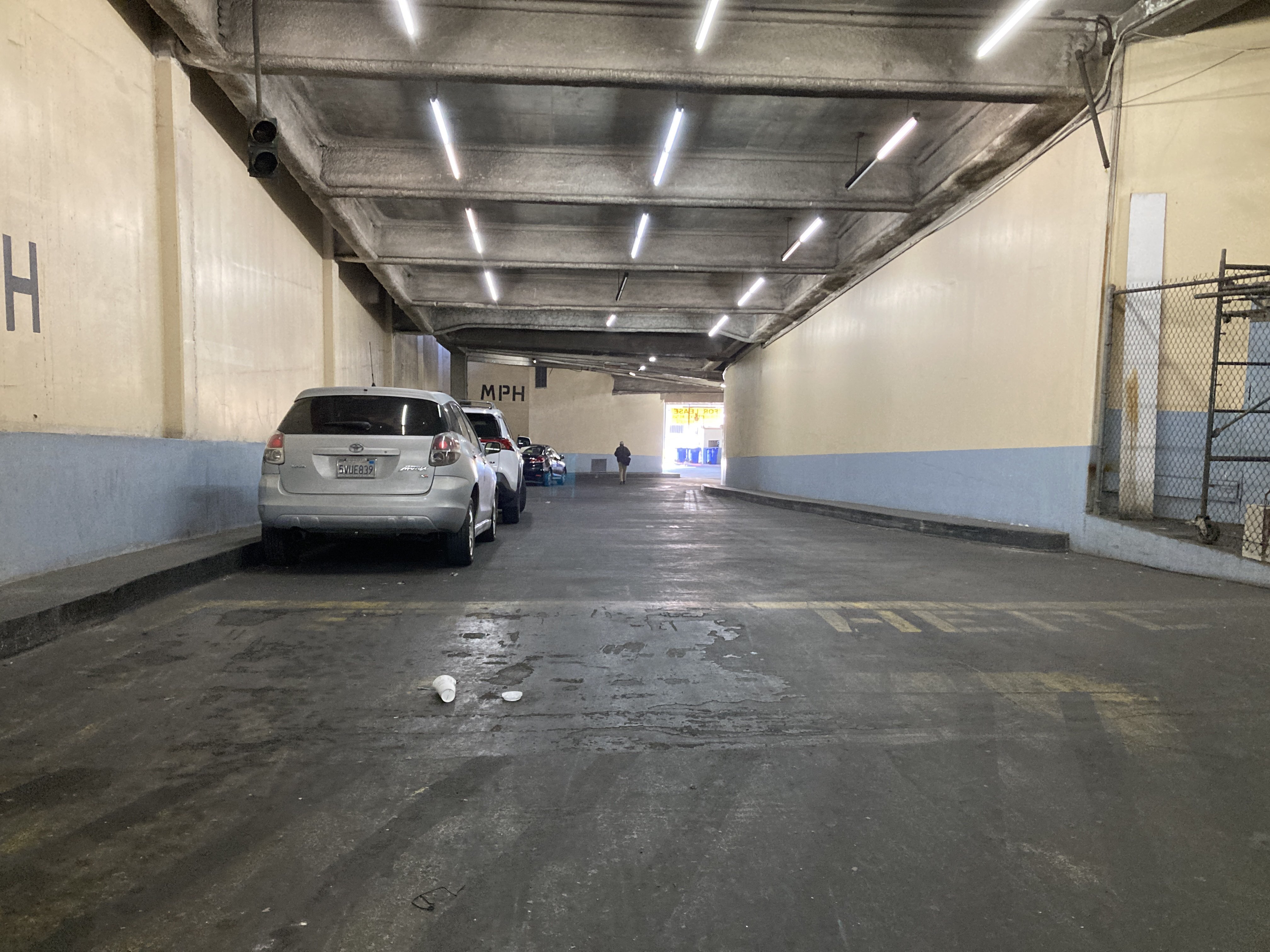
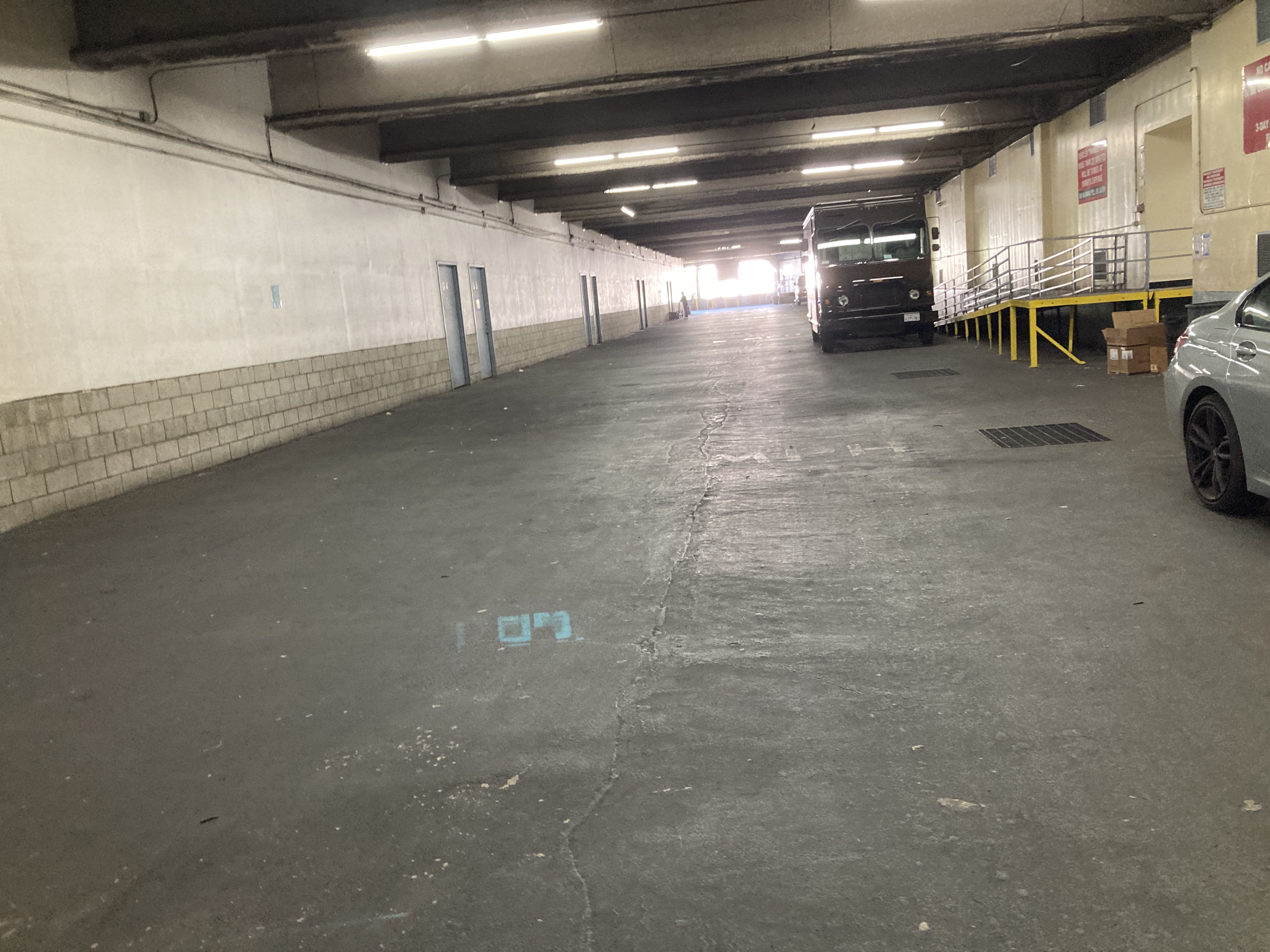
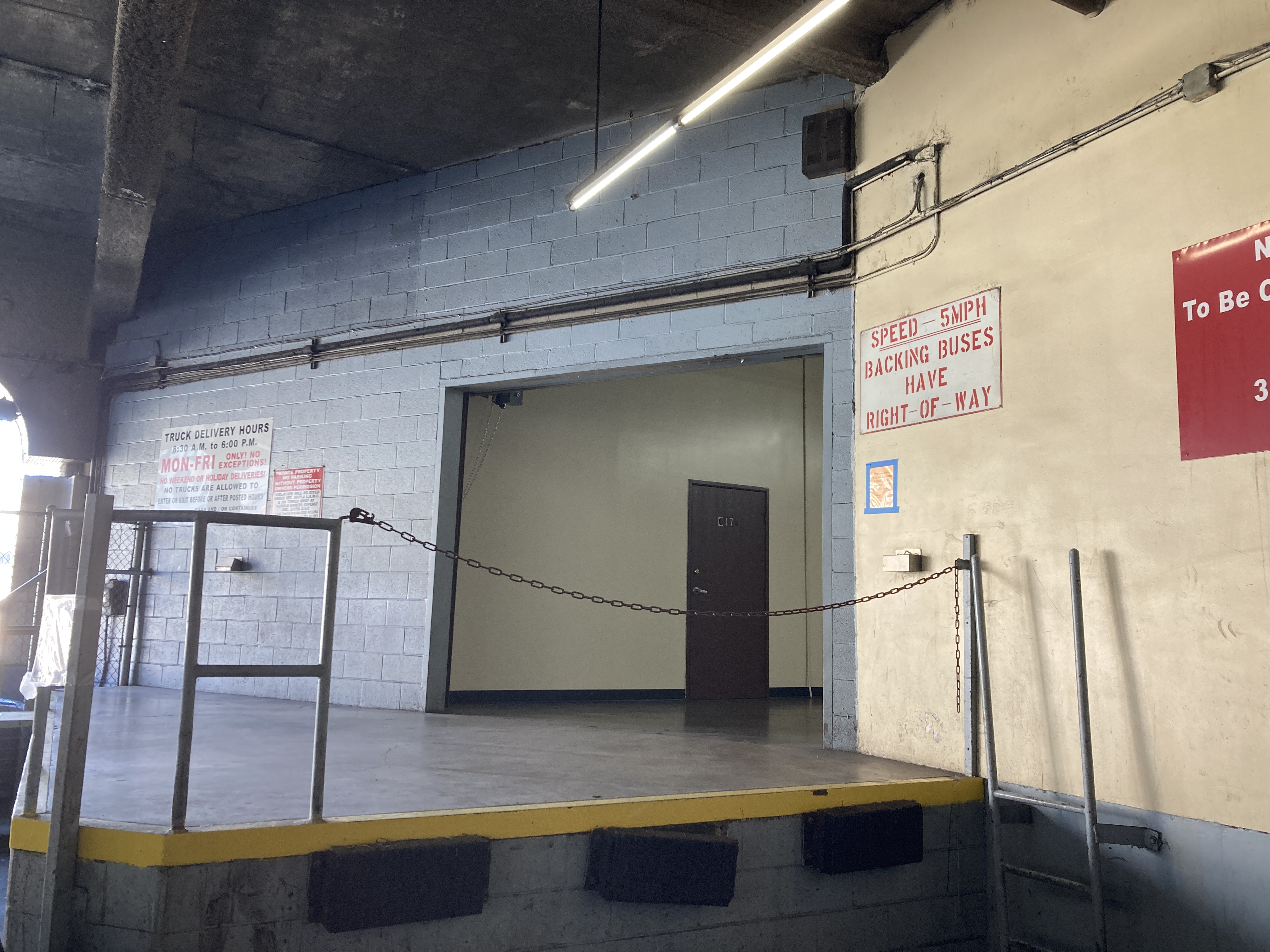
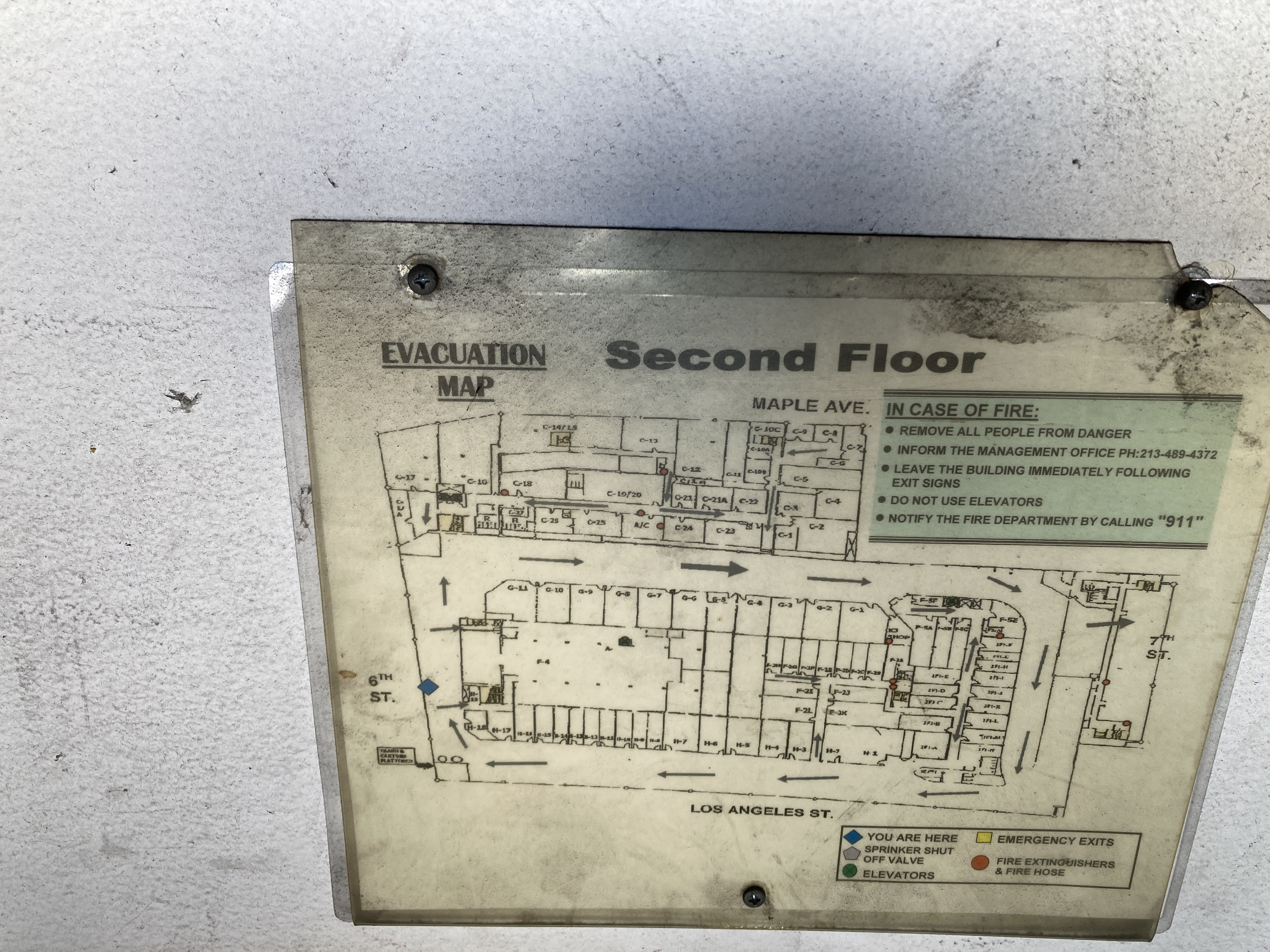
Earlier, I wondered why RTD abandoned this terminal. The answer has less to do with RTD operations, and more to do with the fact that the building was owned by Greyhound. The company has been in decline for decades, and selling off as many physical buildings as it can. Its LA hub has moved to Union Station, but in other cities passengers have had to wait on sidewalks as waiting rooms have been closed. It's a sad state of affairs, and the 6th street terminal is a tangible reminder of how much better inter-city buses used to be in America. Perhaps it can give us hope for the future, too.